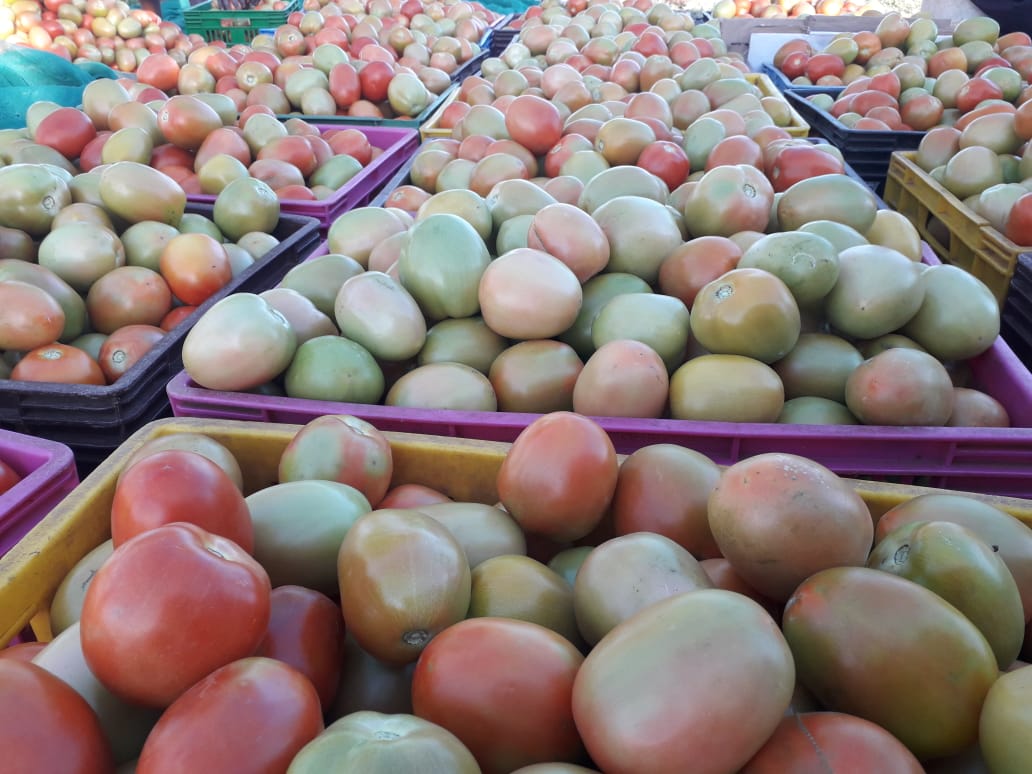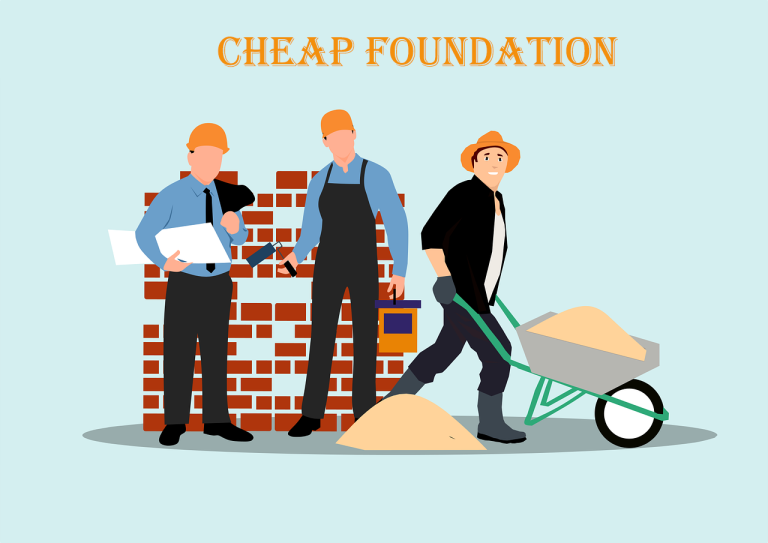Introduction
Tomato farming in Kenya is among the most secure and profitable agricultural ventures, offering significant commercial potential for farmers. As a staple ingredient in households and a high-demand commodity in the market, tomatoes present a lucrative opportunity. However, despite the high demand, many farmers struggle to maximize their profits due to climate change, pests, limited land, and suboptimal farming practices.
This article explores the most effective strategies for enhancing tomato yield and profitability in Kenya. It examines best farming practices, technological advancements, sustainable agricultural methods, and innovative ways farmers can optimize their earnings. Additionally, learn how Fincare Investments supports farmers by facilitating land access for high-yield crop production through leasing or purchase.
1. Understanding the Basics of Tomato Farming in Kenya
1.1 Tomato Farming Overview
In Kenyan agriculture, tomato farming is a vital industry that supports thousands of farmers. Because of its climate and good soils, tomato cultivation is a feasible farming choice in Kenya. It is one of Kenya’s most widely farmed crops, particularly in Kajiado (Isinya, Mashuru, Oloitoktok), Rift Valley, Central Kenya, and some areas of Eastern Kenya.
Farmers have a wide selection of tomato varieties to choose from, including both hybrid and non-hybrid options. Hybrid varieties generally offer higher yields and may possess built-in resistance to specific diseases. The choice of tomato variety is influenced by factors such as the target market, local growing conditions, and desirable traits, such as tolerance to wet weather.
Common outdoor tomato varieties include Kilele, Terminator, and Big Rock, while popular greenhouse varieties include Anna and Eva.
1.2 Soil and Climate Requirements
Successful tomato farming starts with understanding the soil and climate conditions essential for optimal growth. Tomatoes thrive in well-drained, fertile soil with a pH of 6.0 to 6.8. The soil should be rich in organic matter to support healthy root development.
Regarding climate, tomatoes need moderate temperatures between 18°C and 27°C. The plant also requires adequate rainfall or irrigation, especially during the dry season. The ideal planting altitude for tomatoes is between 1,000 and 2,000 meters above sea level, where conditions favour healthy growth and fruit production.
2. Best Practices for Increasing Tomato Yield in Kenya
2.1 Land Preparation
Proper land preparation is critical for establishing a strong foundation for tomato crops. This step includes clearing the land of weeds, rocks, and debris, followed by deep tilling to break up compacted soil. Farmers should incorporate organic matter such as manure or compost to improve soil fertility and ensure optimal water retention.
Adding lime to balance the pH is advisable if the soil is too acidic. Proper drainage is crucial, as tomatoes do not fare well in waterlogged conditions.
2.2 Choosing the Right Tomato Varieties
Selecting the appropriate variety is one of the most critical factors for increasing tomato yield. Farmers should opt for high-yielding varieties that are well-suited to the local climate and resistant to common pests and diseases. The hybrid F1 varieties are popular due to their resilience and high yield potential.
Farmers must also consider factors such as market preferences and the specific agricultural challenges of their region when choosing tomato varieties. Some varieties are better suited for fresh market consumption, while others are ideal for processing into sauces and pastes.
2.3 Fertilization and Irrigation
Fertilization and irrigation are key to achieving high yields in tomato farming. Tomatoes are heavy feeders, requiring a balanced mix of nutrients, including nitrogen, phosphorus, and potassium. Farmers should apply fertilizers based on soil tests to ensure the correct balance of nutrients.
Drip irrigation is highly recommended for tomatoes, especially in dry areas, as it ensures water reaches the plant roots efficiently without wasting water. Proper irrigation management prevents water stress and promotes healthy fruit development.
Using organic fertilizers like compost or manure is an excellent way to maintain soil health and promote sustainable farming. However, synthetic fertilizers should be carefully monitored to avoid nutrient imbalances or soil degradation.
2.4 Pest and Disease Management
Tomatoes are vulnerable to various pests and diseases, which can significantly reduce yields if not correctly managed. Common pests include aphids, whiteflies, and caterpillars. At the same time, diseases such as blight, bacterial wilt, and powdery mildew frequently threaten tomato plants.
Integrated Pest Management (IPM) is a practical approach to controlling pests and diseases. This method combines biological, cultural, and chemical control measures to minimize the use of harmful pesticides. Biological control methods include introducing natural predators of pests, such as ladybugs or parasitic wasps.
Farmers can also adopt crop rotation to reduce the soil’s build-up of pests and diseases. Furthermore, using disease-resistant varieties and practising good sanitation by removing infected plant parts can help prevent the spread of diseases.
3. Technology and Innovation for Enhanced Tomato Farming
3.1 Use of Technology in Tomato Farming
Advancements in technology offer farmers innovative ways to increase tomato yield and streamline farming processes. Using sensors, GPS, and data analytics, precision agriculture can help farmers monitor soil moisture, temperature, and crop health in real time.
Mobile apps are also crucial in helping farmers manage their crops. Apps that provide weather forecasts, pest management advice, and farm record-keeping are invaluable tools that can increase productivity and profitability.
3.2 Greenhouse Farming
Greenhouse farming is becoming an increasingly popular method for tomato production. The controlled environment within greenhouses protects crops from pests, diseases, and adverse weather conditions, thus leading to higher yields.
Greenhouses also help optimise resource use, including water and fertilizers, reducing waste. They offer year-round production, as the temperature and humidity can be regulated to suit the needs of the plants.
Fincare Investments is key in providing farmers with suitable land for greenhouse farming. They offer farmers access to fertile land for building and operating greenhouses, facilitating increased tomato yields.
4. Sustainable Practices for Long-Term Tomato Farming Success
4.1 Crop Rotation and Soil Health
Maintaining soil fertility is essential for long-term tomato farming success. Crop rotation is a critical sustainable practice where different crops are grown sequentially to avoid depleting the soil of specific nutrients. For example, legumes can help fix nitrogen in the soil, which benefits the tomatoes in the following planting season.
Composting and mulching also help improve soil structure, retain moisture, and enhance the availability of nutrients for plants.
4.2 Water Conservation and Management
Water scarcity is a growing concern for farmers, especially in dry regions of Kenya. Efficient water management is key to increasing yields and ensuring sustainability. Drip irrigation systems deliver water directly to the roots, minimize water wastage and help maintain consistent soil moisture.
Rainwater harvesting can also be a viable option for supplementing irrigation during dry periods. Farmers can reduce dependence on external water sources by capturing and storing rainwater.
5. Marketing and Selling Your Tomato Products
5.1 Exploring Different Market Channels
After successfully increasing tomato yield, farmers must focus on selling their produce for maximum profitability. Farmers can explore several market channels, such as selling directly to consumers at local markets, through wholesale dealers, or partnering with supermarkets for bulk sales.
Farmers can also process their tomatoes into products like sauces, pastes, or dried tomatoes to add value and increase profit margins. The growing demand for processed tomato products presents a profitable opportunity for farmers.
5.2 Pricing and Profitability Strategies
Understanding the market and pricing your tomatoes appropriately is essential for profitability. Conducting market research to determine demand and competitive pricing and understanding seasonal fluctuations will help farmers make informed pricing decisions.
In addition to direct sales, farmers can consider forming cooperatives to improve their bargaining power in the marketplace and secure better product prices.
6. How Fincare Investments Supports Tomato Farmers
6.1 Access to Land for Tomato Farming
Fincare Investments provides farmers with access to suitable land for tomato farming. We sell and lease land in Kenya, ensuring farmers can obtain fertile, well-located plots for their agricultural ventures.
By leasing or purchasing land from Fincare Investments, farmers are assured of land with the necessary resources, such as water availability and good soil quality, which are critical for successful tomato production.
6.2 Expert Guidance and Resources
Beyond providing land, Fincare Investments supports tomato farmers by connecting them with agricultural experts who can advise on farming practices, pest management, and crop production. This expert guidance empowers farmers to increase yields and make smarter farming decisions.
What You Need to Know Before Starting Tomato Farming in Kenya
Tomato farming in Kenya is profitable but requires careful planning and strategies. Whether you are looking to maximize your yield, reduce production costs, or tap into new markets, the practices outlined in this article provide a solid foundation for success.
Suppose you want to take your tomato farming to the next level. In that case, Fincare Investments can help by providing access to prime land and expert guidance to ensure your farm thrives.
Frequently Asked Questions (FAQ)
Q1: What is the best way to increase tomato yield in Kenya?
A1: The best way to increase tomato yield includes selecting high-yielding varieties, ensuring proper irrigation, using organic and chemical fertilizers, and practising effective pest and disease management.
Q2: How can I access land for tomato farming in Kenya?
A2: You can contact Fincare Investments, a real estate company that provides land leasing and purchasing options for tomato farming in Kenya. They offer fertile plots ideal for agricultural purposes.
Q3: What are the common pests and diseases in tomato farming?
A3: Common pests include aphids, whiteflies, and caterpillars, while diseases like blight, powdery mildew, and bacterial wilt can affect tomato crops. Integrated Pest Management (IPM) is recommended to tackle these issues.
Q4: Can I farm tomatoes using greenhouses in Kenya?
A4: Greenhouse farming is highly effective in Kenya, especially in areas with inconsistent rainfall. Greenhouses protect crops from pests and control the environment, which boosts tomato yield.







